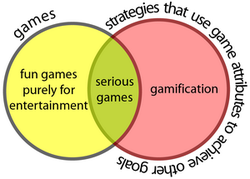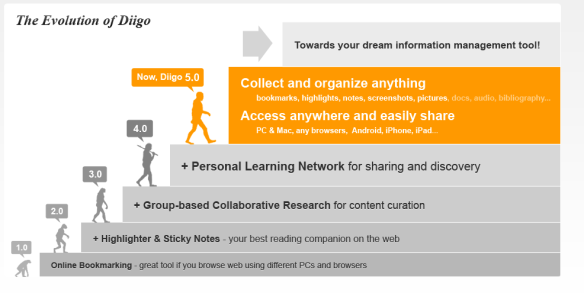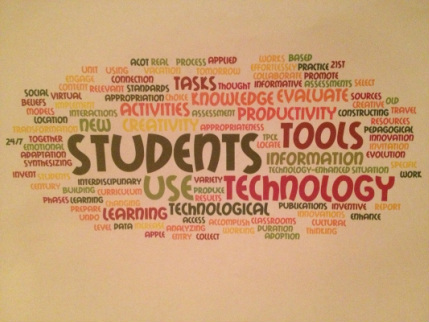
What is Gamification?
Gamification is a differentiated experience built on Vygotsky’s Zone of Proximal Development, which means learning happens best when the instruction is one step beyond our reach. Using this theory and our learner’s love of gaming, students can learn in an engaging and fun way!
I found this great graphic attached from Michael Wu, PhD that I think does a nice job of comparing and contrasting how gamification is different than video games used purely for entertainment. Gamification is all about moving students forward using our learners’ natural inclination for competition to incentivize learning new educational concepts. In gamification for education, tasks are structured toward a goal. Students receive immediate feedback and virtual badges, coins etc…as they move toward their goal. Once they master the concept, students are able to level up and embark on mastering a new concept.
Currently, the idea of gamification has yet to fully launch in NVUSD. I do believe as PBL implementation moves forward and teachers have access to more technology, gamification will become more widely explored and utilized. Maybe this will be a future 21st Century career we are preparing our students for, hence why implementing 21st century teaching and learning is so important to the future success of our digital native students.
Gamification is a differentiated experience built on Vygotsky’s Zone of Proximal Development, which means learning happens best when the instruction is one step beyond our reach. Using this theory and our learner’s love of gaming, students can learn in an engaging and fun way!
I found this great graphic attached from Michael Wu, PhD that I think does a nice job of comparing and contrasting how gamification is different than video games used purely for entertainment. Gamification is all about moving students forward using our learners’ natural inclination for competition to incentivize learning new educational concepts. In gamification for education, tasks are structured toward a goal. Students receive immediate feedback and virtual badges, coins etc…as they move toward their goal. Once they master the concept, students are able to level up and embark on mastering a new concept.
Currently, the idea of gamification has yet to fully launch in NVUSD. I do believe as PBL implementation moves forward and teachers have access to more technology, gamification will become more widely explored and utilized. Maybe this will be a future 21st Century career we are preparing our students for, hence why implementing 21st century teaching and learning is so important to the future success of our digital native students.






 RSS Feed
RSS Feed
